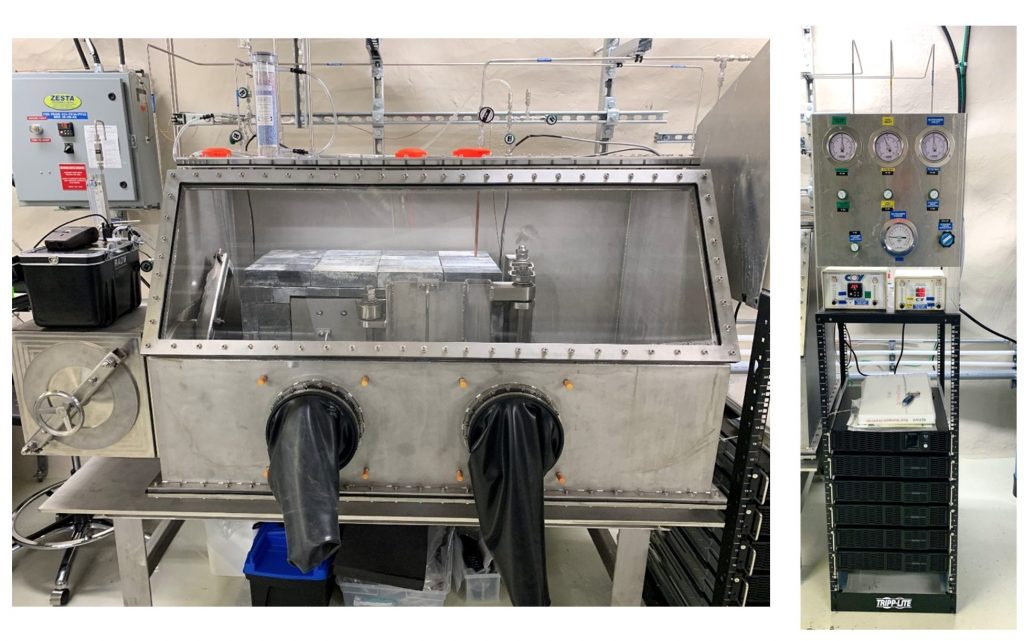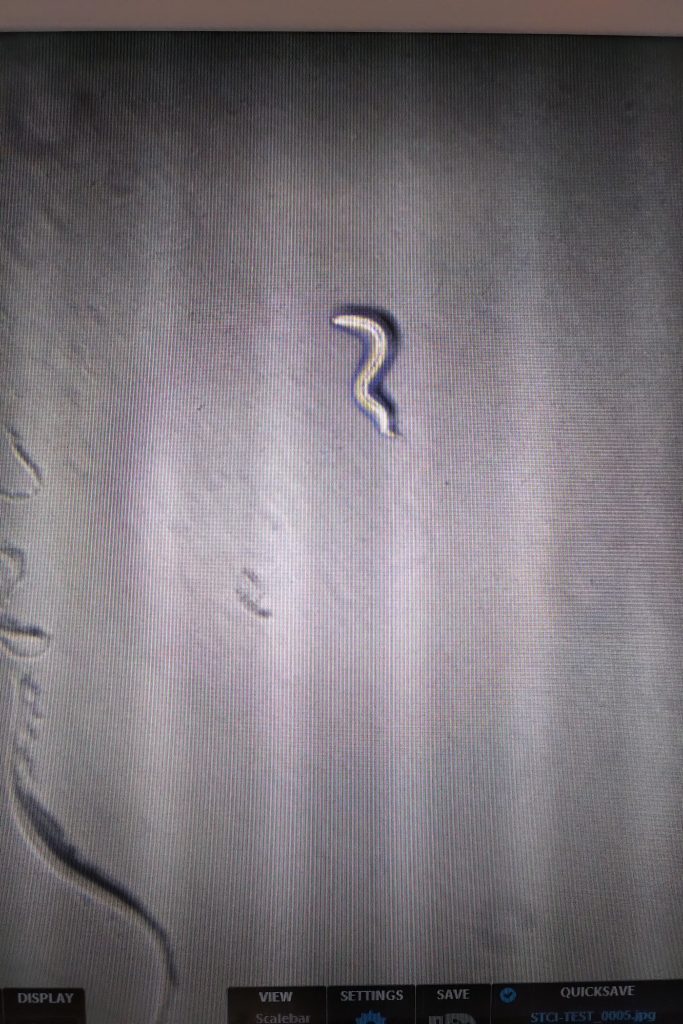What we can learn by bringing biology deep underground
What started out as a small experiment just five years ago, established by lead investigator Dr. Douglas Boreham alongside a post-doctoral fellow and two graduate students, has expanded to a multi-institution collaboration supporting almost two dozen people, including two MITACS-funded post-doctoral fellows, doctoral students, master’s students, undergraduate students, and research technicians.
REPAIR, or Researching the Effects of the Presence and Absence of Ionizing Radiation, began as a small experiment researching just that: the impact of natural background radiation on the development of lake whitefish embryos, the model organism used in the original study. Natural background radiation is present everywhere on the surface of the Earth – it consists of high energy particles from space and from cosmic rays. All life on Earth has evolved in the presence of this radiation, so what does that mean for us?
Supervised by Dr. Douglas Boreham and Dr. Christopher Thome at the Northern Ontario School of Medicine, the REPAIR collaboration has been searching for this answer for the past five years. It is one of the few experiments of its kind which research the effects of sub-natural background radiation. To conduct this research, the REPAIR team had to search for the ideal environment, as low in natural background radiation as possible. SNOLAB was the ideal location: located two kilometres underground, the muon flux is reduced by a factor of about 50 million. With the lab operating as a class 2000 cleanroom, that is, fewer than 2000 particles of half a micron or greater per cubic foot of air, the lab air is relatively free of particles of mine dust that may contaminate the experiments. One can compare this to about one million particles per cubic foot of air in the average household or office and ten million in the mine drift on the way into the lab. However, this wasn’t quite clean enough. In collaboration with a team of SNOLAB engineers and technicians, the REPAIR team designed a one-of-kind Specialized Tissue Culture Incubator (STCI), which proved to be one of the lowest radiation environments ever created for biological experiments.

The STCI is a structure that houses the REPAIR experiments that allows for precise control of experimental variables such as temperature, atmospheric gas composition, and humidity. Equally as importantly, it further reduces radiological contaminants found in the underground lab, namely radon gas, which is product of natural decay of rock in the mine. The STCI itself is made of ultra-clean materials, low in particle emissions and it’s fed with gas from aged cylinders – long enough for radon and products of decay to be eliminated. Inside the STCI is a lead castle – lead bricks that surround the cell cultures as an additional layer of shielding. This one-of-a-kind device creates the perfect environment for radiobiological experiments.
Following the original lake whitefish embryo study, which focused on whole-organism development, Dr. Jake Pirkkanen and other members of REPAIR characterized a human hybrid cell line called CGL1 for the next phase of the experiment. CGL1 cells are a hybrid of HeLa cells and normal skin cells. This phase of the experiment was examining the mechanisms of radiation-induced carcinogenesis, or in simpler terms, the genetic changes that occur in cancerous cells due to radiation. The collaboration recently finished their first protracted four-month trial with this cell culture line, grown both underground at SNOLAB and on surface at the Northern Ontario School of Medicine, and will be replicating that experiment for a second time.
As for the future of the REPAIR project, they have recently been approved to begin new experiments with new model organisms: Caenorhabditis elegans, a nematode worm commonly used to study neurological diseases, and Saccharomyces cerevisiae, a type of yeast commonly used in genomics studies. These organisms offer REPAIR researchers the ability to study a full organism, as opposed to a cell line or tissue culture, in a controlled underground environment.

Dr. Christine Lalonde is a post-doctoral fellow on the REPAIR team who is working with C. elegans. “These tiny organisms share significant similarities to humans: neurons, gut, muscle, and skin tissue allowing for interesting comparative experiments,” she said. “We are excited and interested in looking at the reproductive and neural consequences of radiation exposures and sub-background radiation environments.”
“To our knowledge, REPAIR is operating one of the lowest sub-natural background radiation biology experiments in the world,” said Pirkkanen. “Over the last several years, REPAIR has grown significantly in both the number of students and researchers working on the project as well as the model systems we are utilizing to study the biological significance of NBR. We are incredibly excited about what we have observed so far in our experiments within SNOLAB and look forward to publishing these results soon.”
More about REPAIR:
https://www.youtube.com/watch?v=drIC5N_okEc